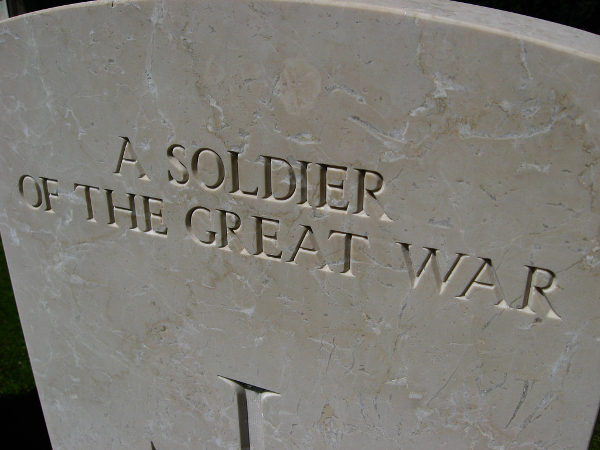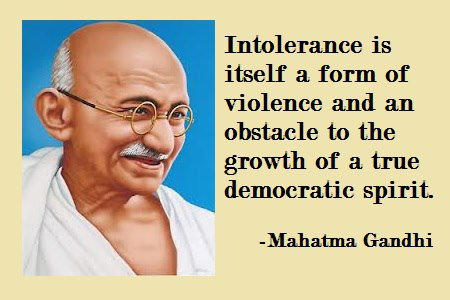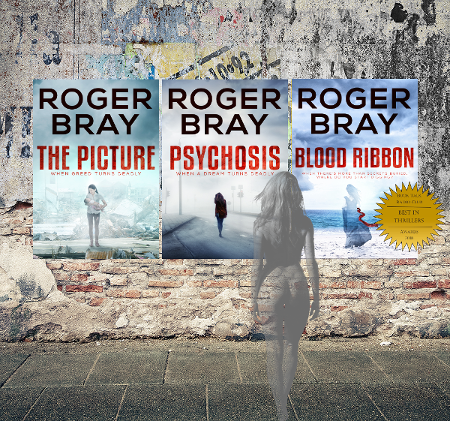Around 5:50pm on 10 November 1920 a regular mail train left Dover Harbour station on the south coast of England. It was drawn by SECR E1 class loco No 506, painted in a black gloss rather than it’s usual livery. Two carriages had been added to the train, a passenger coach attached for the escort of one officer and fifteen men and General Utility Van No.132 which had a white painted roof and contained the remains of the Unknown Warrior.
“A soldier of the Great War, known unto God”. So said Kipling’s words, but they were all known to families as well. Each grave of a missing soldier contained the shattered hopes and dreams of a family back home and the unending heartache of them never knowing what had happened. No place to mourn or lay flowers upon. It was to ease this deep sense of loss that the tomb of the Unknown Warrior was created, an anonymous man, known to God but representative of all the missing. His tomb was all their tombs, where the nation could mourn. But what of the people the train left behind in its wake.
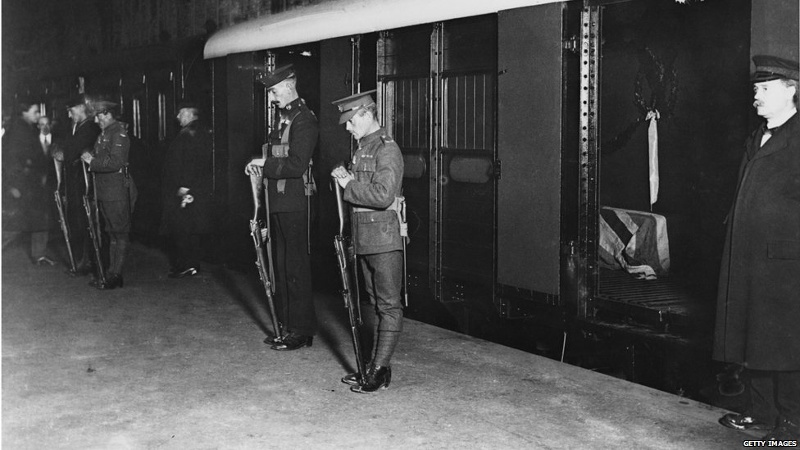
The train travelled slowly through the stations Kearsney, Shepherdswell, Adisham, Canterbury East, Faversham, Sittingbourne, Gillingham and Chatham and on to London, it was, unusually, lit up, standing out against the dark night. And the public outpouring of grief far surpassed what had been expected. Contemporary reports show how the nation was affected.
‘At the platforms by which it rushed could be seen groups of women watching and silent, many dressed in deep mourning. Many an upper window was open and against the golden square of light was silhouetted clear cut and black the head and shoulders of some faithful watcher. Nearly every door and window of the houses overlooking the main line framed groups of bare headed watchers peering through the darkness and the rain.’
Yorkshire Post 11 November 1920
The train arrived at London Victoria Station, platform 8 at 8:32 pm. A service was held and the journey recommenced the next day. The remains were interred at Westminster Abbey on 11 November 1920 with full military honours and ceremony. The ceremony is fully recorded, eye witness accounts and even some news reel. But the crowds of people on platforms and other points, what of them?
That isn’t recorded.
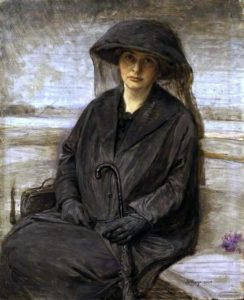
As the train passed them by were they silently crying before the train was gone along with their moment of comfort? Before they turned, many alone, and returned to their silent homes, still bereft and still not knowing what had happened to their loved one. The Unknown Warrior was needed to express the public grieving process, but for individuals nothing changed. The nation needed it but a nation of individuals still suffered and many of them never recovered from it.
Some had lost every male member of their family; husband, sons, brothers.
Lest we forget them as well.
